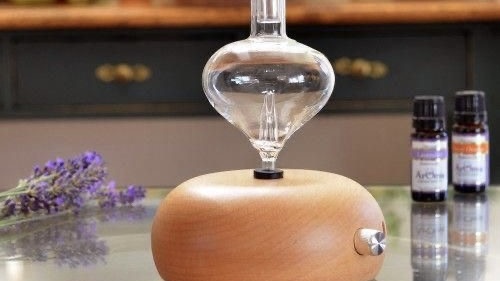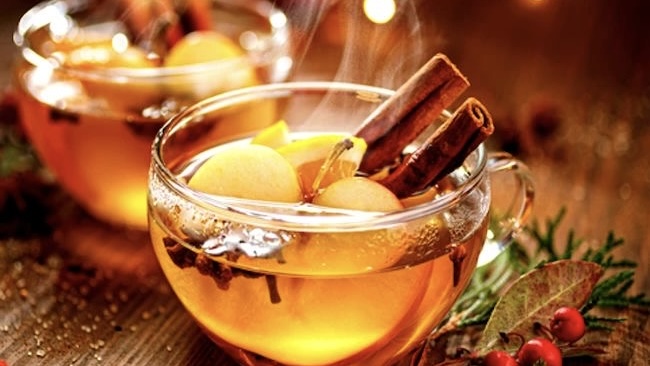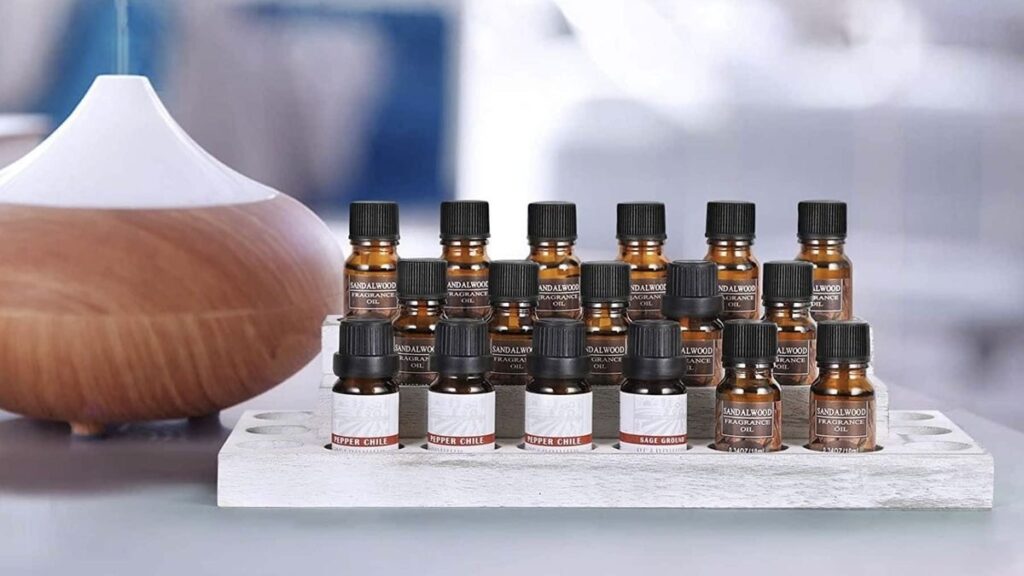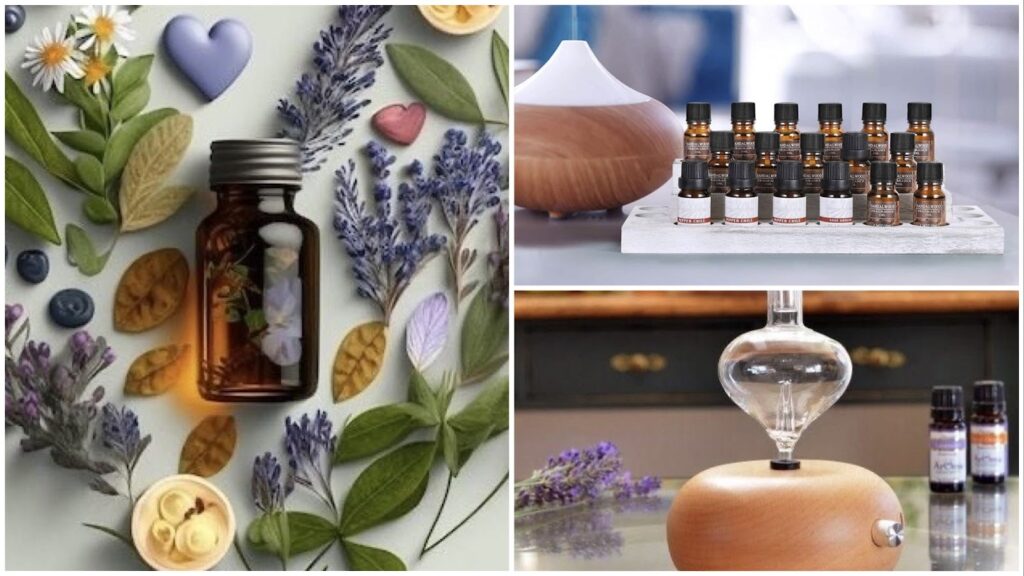There’s nothing as beautiful as being able to create your own scent. Be it for your skin or home use, the feeling is matchless. You get to use oils you know each ingredient without any fear of weird additives or mystery ingredients, just pure plant-based oils. But you may wonder if you can actually make your own essential oils. The answer is yes. In the article, you’ll learn the tips for making essential oils at home. It’s easy and fun!
Pick Your Plants Wisely—Scent Is Everything
Want to know the secret to amazing essential oils? Choose the right plants! Some are absolute powerhouses when it comes to fragrance. For example, lavender, peppermint, eucalyptus, and citrus peels are all solid choices. Fresh herbs are more potent, but dried ones work, too, especially for slow herbal infusion methods.

If you want a floral vibe, go for rose or chamomile. Want something earthy? Rosemary or Sage will do the trick. The bottom line is pick a scent you love, and you’re off to a great start.
Fragrance Oils vs. Essential Oils—Don’t Get Fooled
Here’s where people get tripped up. “Fragrance oil” and “essential oil” are not the same thing. Essential oils are pure plant extracts full of natural benefits. Fragrance oils, on the other hand? They’re usually synthetic, created in a lab, and great for candles, but not exactly what you want soaking into your skin. If you’re after the real deal, stick with essential oils. Otherwise, you’re just rubbing fancy perfume on yourself.
Steam Distillation—the Pro Way To Extract Oils
If you want to know how to extract oil from leaves like a pro, steam distillation is where it’s at. Sounds complicated, but it’s basically just using steam to pull the oils out of plants.

You heat water. The steam carries the plant’s essence, then cools down and separates into water and oil. The oil floats to the top—that’s your pure essential oil. It takes a little setup, but this is the way to go if you want high-quality results.
Cold Infusion—The Set-It-and-Forget-It Method
Cold infusion is the chill alternative if you’re not into all that steaming business. Just toss fresh or dried plants into a carrier oil (like jojoba or almond oil), then let it sit for a few weeks. The oil slowly absorbs all those natural fragrances, with no heat required. This method is perfect for delicate flowers like jasmine or chamomile, which don’t do well with high temperatures. Plus, if you’re making lip oils, this is one of the best ways to keep them light and natural.
Hot Oil Infusion—Because Patience Isn’t for Everyone
If waiting weeks for your oil sounds like torture, hot oil infusion is your shortcut. Just heat your herbs in carrier oil over low heat for a few hours. The warmth helps release the plant’s fragrance faster, so you get a rich, aromatic oil without the long wait.

Just keep the heat low because burning your herbs is a surefire way to ruin the scent. This method is perfect for quick herbal infusions, DIY massage oils, or homemade skincare products.
Choosing the Right Carrier Oil
Carrier oils don’t get enough credit, but they make all the difference. They dilute and preserve your essential oils, plus they bring their own skin-loving benefits. Coconut oil, olive oil, and grapeseed oil are all great choices. But if you’re making lip oils or facial blends, go for something light like jojoba or almond oil—they absorb quickly and don’t leave a greasy feel. Also, whatever you do, always go for high-quality cold-pressed oils.
Storing Your Essential Oil
The least you can do after going through all that stress to make your essential oil is to store it properly. This might not be part of the “tips for making essential oils at home” you were expecting, but it is so important.

First thing first, always use dark glass bottles as light ones break down the oil faster. Also, keep them in a cool, dry place and make sure the covers are tightly closed. If you want them to last even longer you can add a few drops of vitamin E oil.
Our Final Thoughts
Consider these tips for making essential oils at home as your beginner’s guide. Start small, experiment with different methods, and soon, you’ll have a collection of beautifully scented, all-natural oils ready for use. Don’t wait any longer, pick up your favorite plant and start experimenting.
